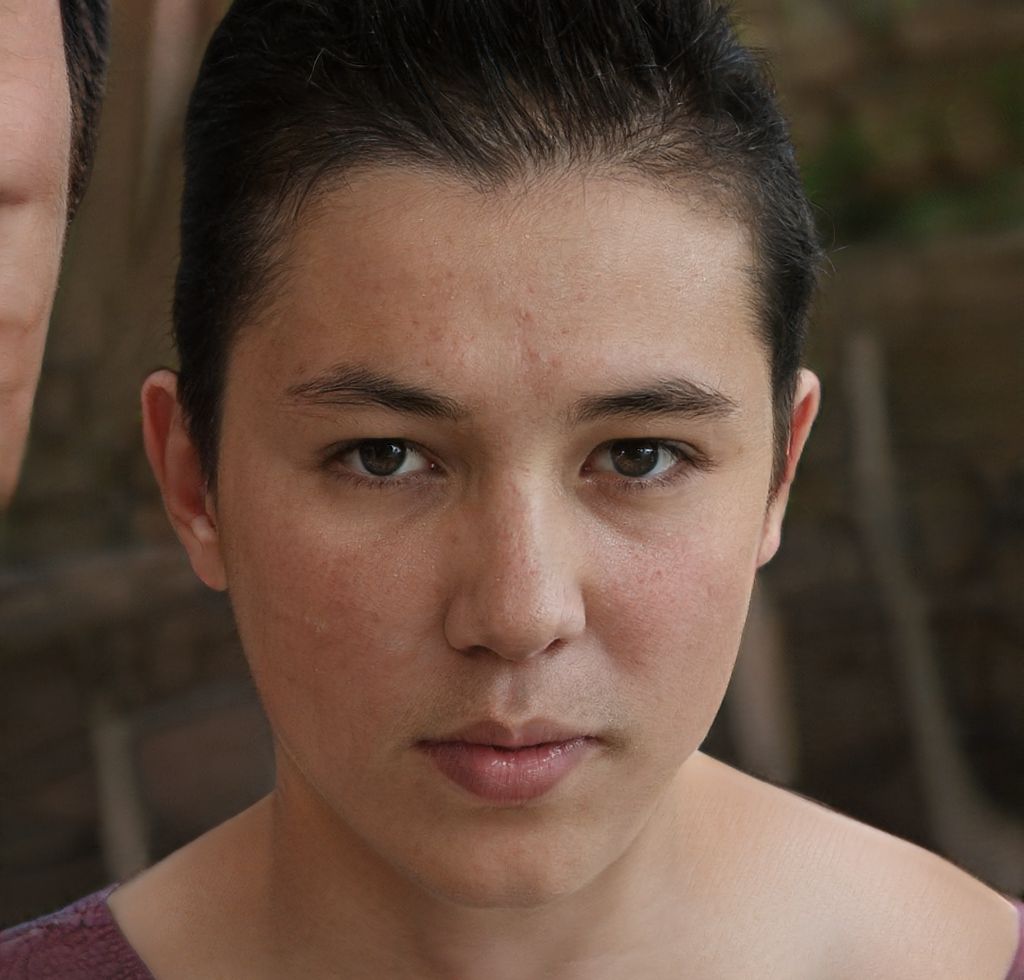Photosynthesis What would happen if Photosynthesis stopped working?
The plant would probably die.
Photosynthesis is essential for a plant to live, as it is the way which they make food, so they don't die because of lack of energy.
The photosynthesis equation is:
glycolysis
Krebs cycle
By signing up, you agree to our Terms of Service and Privacy Policy
If photosynthesis were to stop working, several significant consequences would occur:
-
Oxygen levels would decrease: Photosynthesis is responsible for producing oxygen as a byproduct. Without photosynthesis, oxygen production would significantly decrease, leading to a reduction in atmospheric oxygen levels.
-
Disruption of food chains: Photosynthesis is the primary process by which autotrophic organisms (like plants) produce organic compounds that serve as food for heterotrophic organisms (like animals). Without photosynthesis, the availability of food for animals and other heterotrophs would diminish, disrupting food chains and ecosystems.
-
Increase in atmospheric carbon dioxide: Photosynthesis plays a crucial role in removing carbon dioxide from the atmosphere. Without this process, carbon dioxide levels would rise, potentially exacerbating global warming and climate change.
-
Loss of biodiversity: Many organisms depend directly or indirectly on photosynthesis for survival. The disruption of photosynthesis could lead to the decline or extinction of plant species, which would, in turn, impact the survival of other organisms dependent on these plants.
-
Energy shortages: Photosynthesis provides the primary source of energy for most ecosystems. Without photosynthesis, energy flow within ecosystems would be severely disrupted, potentially leading to energy shortages for both plants and animals.
Overall, the cessation of photosynthesis would have profound and far-reaching impacts on both ecosystems and the global environment.
By signing up, you agree to our Terms of Service and Privacy Policy
When evaluating a one-sided limit, you need to be careful when a quantity is approaching zero since its sign is different depending on which way it is approaching zero from. Let us look at some examples.
When evaluating a one-sided limit, you need to be careful when a quantity is approaching zero since its sign is different depending on which way it is approaching zero from. Let us look at some examples.
When evaluating a one-sided limit, you need to be careful when a quantity is approaching zero since its sign is different depending on which way it is approaching zero from. Let us look at some examples.
When evaluating a one-sided limit, you need to be careful when a quantity is approaching zero since its sign is different depending on which way it is approaching zero from. Let us look at some examples.
- Which color of light does chlorophyll absorb more of than any other color?
- What is the light dependent reaction of photosynthesis equation?
- Where do light dependent reactions of photosynthesis take place?
- Do both plants an animals use cellular respiration?
- What wavelengths of light drive photosynthesis?

- 98% accuracy study help
- Covers math, physics, chemistry, biology, and more
- Step-by-step, in-depth guides
- Readily available 24/7
 Michael Adams
Michael Adams Connor Abernathy
Connor Abernathy